Russian sage (Perovskia atriplicifolia) is one of my favorite plants. It is a staple in my design work.
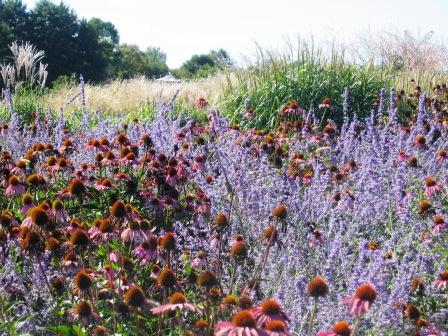
I often use Perovskia in masses to create a rhythm in large scale planting beds. The plant’s upright nature lends to incorporating well with ornamental grasses. Additionally, its coloration is a perfect foil for hot and cool color combinations, or buffering the two extremes.
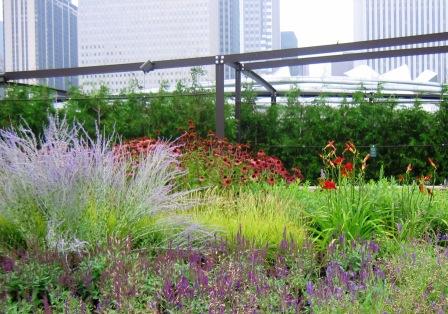
Perovskia grows 3 to 4 feet tall and requires full sun for best performance. Its grayish white stems are covered with leaves of the same color. Lavender flowers emerge in early June and continue to frost. It is thought, the reference to ‘sage’ in the common name comes from the aroma given off when the leaves are crushed.
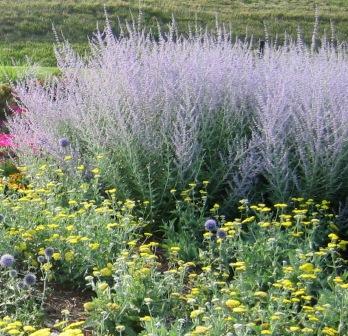
Don’t let Russian sage’s finely textured foliage and delicate look fool you. The native of southwest and central Asia is surprisingly rugged. It becomes somewhat woody with maturity. Once established it tolerates drought quite well. Additionally, it has no disease or insect problems. Perovskia is hardy in USDA zones 4-9.
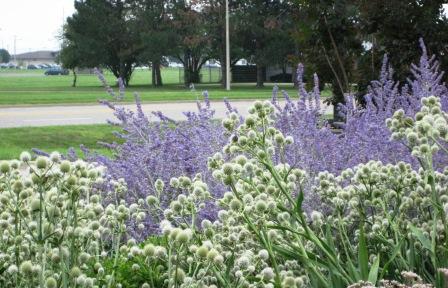
Perovskia provides good structure in the winter landscape. Its pale foliage contrasts well with dark seedheads and brown grasses. It does not however appreciate ‘wet feet’ in the winter months. Site the plant accordingly, good drainage is essential or the plants will rot.
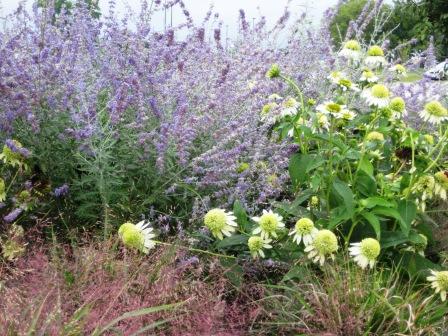
In 1995, the Perennial Plant Association named Perovskia atriplicifolia ‘Perennial Plant of the Year’. Additionally, the plant has been recognized by the Missouri Botanical Garden in its Plant of Merit program.
Russian sage combines well many perennial plants and ornamental grasses including:
- Coneflower (Echinacea)
- Rattlesnake master (Eryngium yuccifolium)
- Yarrow (Achillea)
- Globe thistle (Echinops ritro)
- Tall Garden Phlox (Phlox paniculata)
- Sneezeweed (Helenium autumnale)
- Blazing Star (Liatris spicata)
- Gaura (Gaura lindheimeri)
- Joe-Pye Weed (Eupatorium maculatum)
- Feather Reed Grass (Calamagrostis acutiflora and C. brachytricha)
- Switch Grass (Panicum)
- Autumn Moor Grass (Sesleria autumnalis)
- Purple Love Grass (Eragrostis spectabilis)
Is this your first time visiting GGW Plant Pick of The Month? To participate, post your comments below and a link to your own site where you’ve posted photos of Russian sage and comments about your experiences working with the plant, successful planting combinations, etc.
